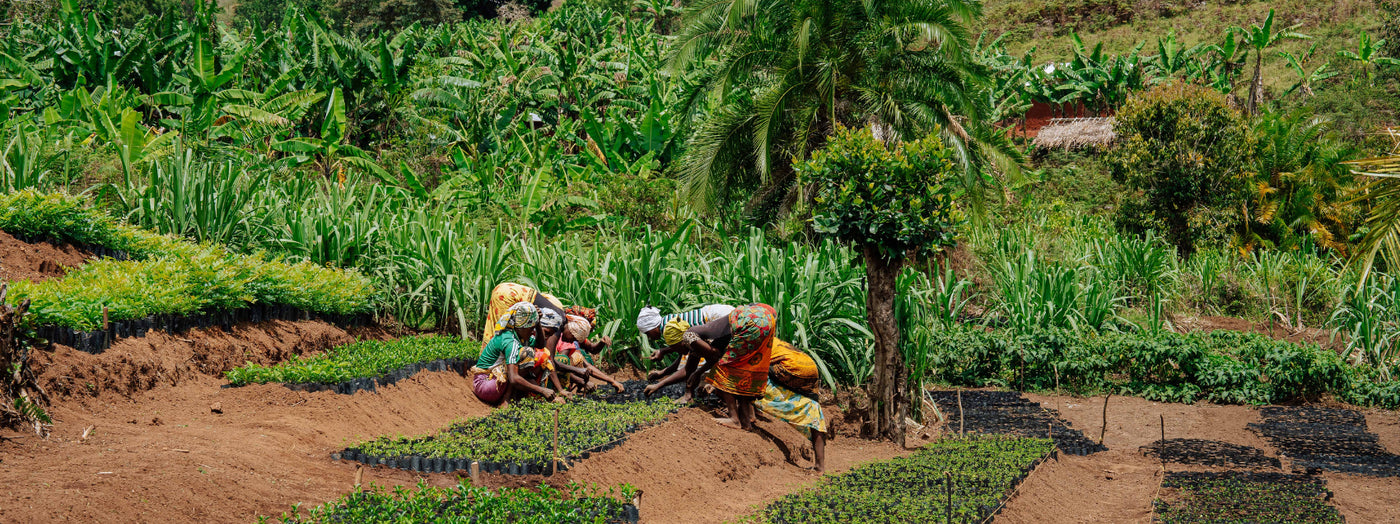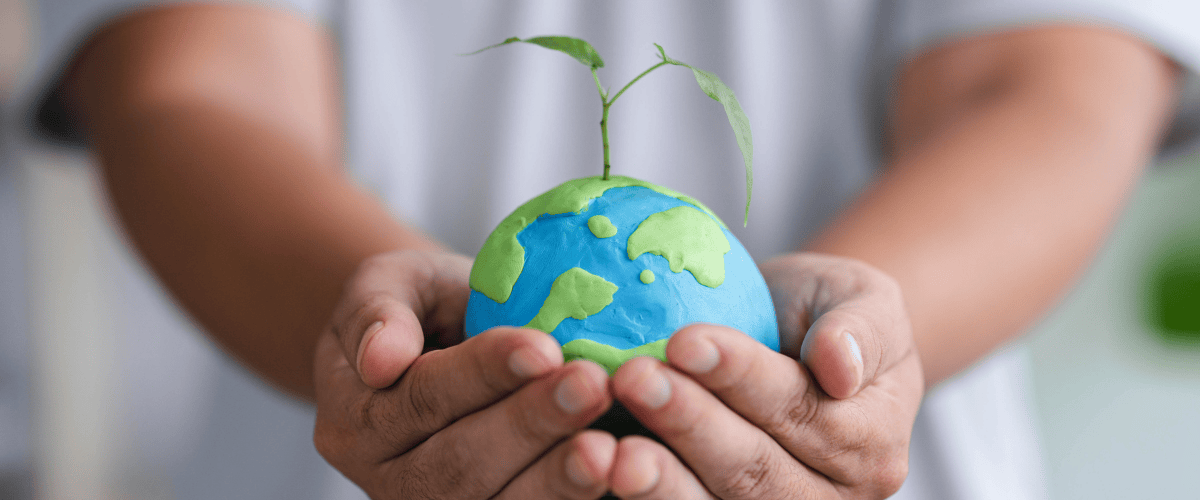Is tree planting sustainable?

Amidst all the buzz about whether planting trees is a sustainable game-changer or just another fad, we're here to spill the truth: when done right, tree planting is an ultimate win-win for Mother Earth (and us too)! 🌳💚
In the following blog article we would like to explain to you why planting trees is considered sustainable.
Planting trees offers numerous benefits that contribute to long-term sustainability. Some of these benefits include binding of carbon (Forests absorb 2.4 billion tons of CO2 every year, equivalent to a third of emissions from burning fossil fuels), biodiversity conservation, soil protection, water management, temperature regulation and even economic benefits. These factors make tree planting an important component of sustainable practices. However, it should be noted that the sustainability of tree planting depends heavily on the survival and healthy growth of the trees.
The long-term successful development of planted trees is a top priority for us and we actively work to maximize their chances of survival.
On our transparency page learn more about how we ensure the survival and healthy growth of the trees.
Focus on reforestation and forest restoration
To ensure sustainability, we focus on reforestation and restoration projects. Our tree planting initiatives are primarily aimed at restoring degraded forests. We carefully examine the causes of forest degradation in a given area and take action to prevent it from degrading again. Proper delineation of the area helps prevent encroachment and ensures the project can grow allowing the trees to thrive.
Community and government participation
Community and government involvement is a critical aspect of our approach. We actively work with local communities and forest authorities and recognize their invaluable wealth of knowledge and experience of the local environment. By including them in the decision-making process, we can effectively address the underlying causes of forest degradation. Your experiences help us to shape our strategies and measures.
Support of local communities
We support the local communities as part of our projects. For example, up to 25% of the trees we plant are dedicated to agroforestry. These trees provide multiple benefits to the community, including fruit, firewood, wood for fencing, and soil erosion control. Agroforestry trees fit well with community agricultural practices and increase productivity per unit area. They also serve as a substitute for wood from natural forests, thus contributing to the security of the forest ecosystem. In addition, the funds generated from tree planting support community development projects and contribute to educational opportunities for underprivileged children.
Planting the right tree species
We focus on tree species that are native to the restoration sites. We also work with various partners, including forest authorities and researchers, to identify suitable native species for reforestation. The species of trees planted are carefully selected to ensure they are native and non-invasive while meeting the ecological requirements of the site. To create a natural forest environment and promote a balanced ecosystem, we plant a diverse selection of tree species. The seeds and wildlings for these native species are collected by the local community in the natural forest. They are then sorted and sown at a nursery, where community members, both men and women, are employed to oversee daily activities and tend to the seedlings until they are ready to be planted.
Ensuring the superiority of trees
The protection of trees is an important aspect of our commitment. We are not only committed to the survival of the trees we plant, but also to the forest ecosystem as a whole. By actively working with local communities and forest authorities, we combat key causes of forest degradation, such as shifting cultivation, wildfires and illegal logging. Close monitoring of our planting sites allows us to quickly identify threats to tree survival. We ensure the ongoing protection and conservation of the trees planted and the surrounding forest.
In summary, tree planting is a sustainable endeavor that offers numerous benefits to the environment and local communities. By focusing on reforestation and restoration, engaging communities and government agencies, supporting community development and prioritizing conservation efforts, we aim to ensure the long-term success of tree planting initiatives and the sustainability of the forests we restore. In addition, our tree planting initiative aligns with several United Nations Sustainable Development Goals such as end poverty, zero hunger, quality education, gender equality, decent work and economic growth, action on climate change, life on land and partnerships to achieve the goals.
From trees with love
Omega
About the author
I am Omega Emmanuel Kaaya, the Planting and Regional Officer for Southeast Africa at GROW MY TREE by Impact Hero. I have been actively involved in forest restoration, reforestation and forest protection initiatives for over eight years. Growing up in northern Tanzania in the early 1990's, I witnessed the gradual loss of functional ecosystems due to extreme deforestation for timber and the expansion of agricultural land. This led to degradation of fertile soils through soil erosion caused by loss of tree cover in previously well-balanced agroforestry systems. The devastating effects of climate change and sustained unsustainable practices in my community led me to choose a career that addresses these issues. Working as a Tree Planting Officer at GROW MY TREE allows me to work with local communities and work hand in hand with them to restore what has been lost over the years due to sustainably unsustainable practices on the land.
write a comment
Comments are approved before posting.








